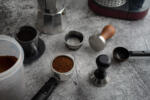What is a coffee plant?
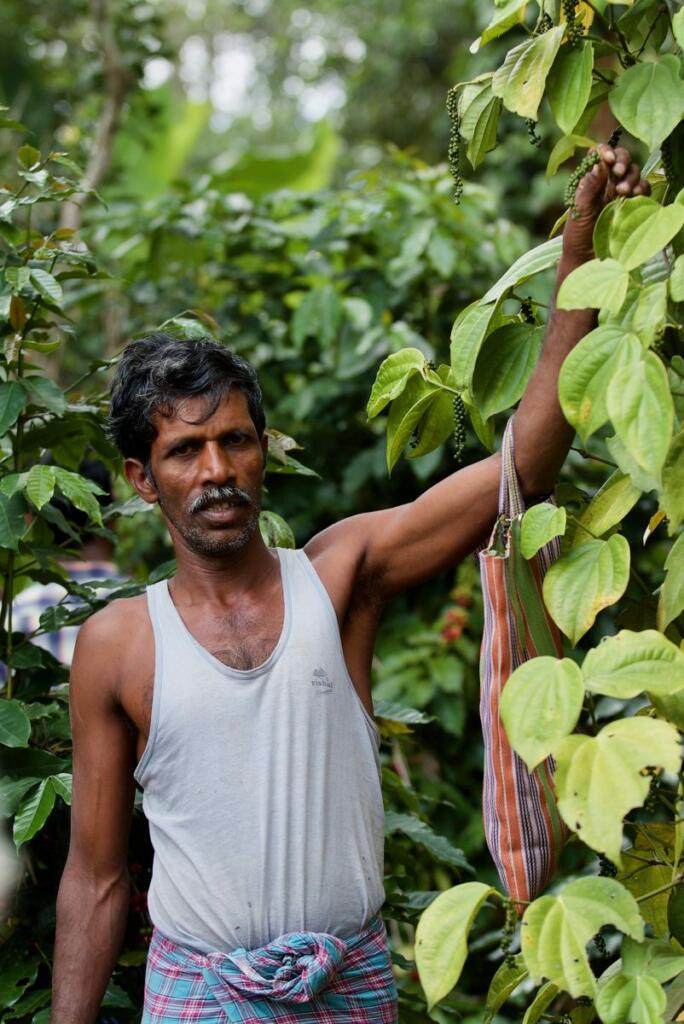
Botanically known as an evergreen shrub, the coffee plant is commonly referred to as a tree or a bush and belongs to the Rubiaceae family. Coffee plants come from subtropical Africa, as well as from southern Asia.
Coffee plants begin to produce a full crop when they are about five years old and then continue to grow for the next 15 to 20 years. On average, one coffee plant yields about one pound of coffee beans yearly.
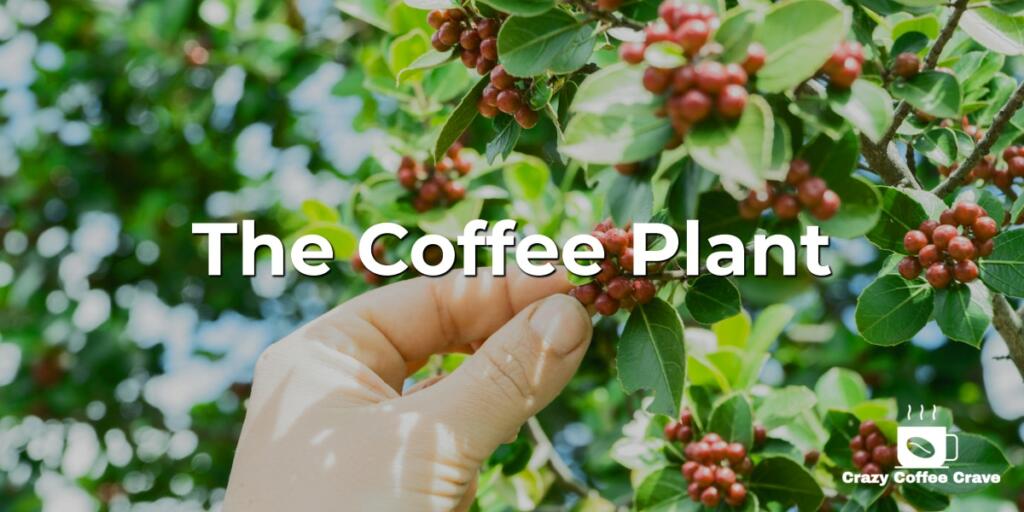
Coffee plants description
Coffee trees (technically, bushes) have shiny, dark green, ovate leaves (lasting three to five years) and tiny, fragrant white flowers that bloom simultaneously in clusters–they bloom for only a few days in a few months. These flowers are known as Cona Snow in the region of Kona.
How much coffee does a coffee plant yield
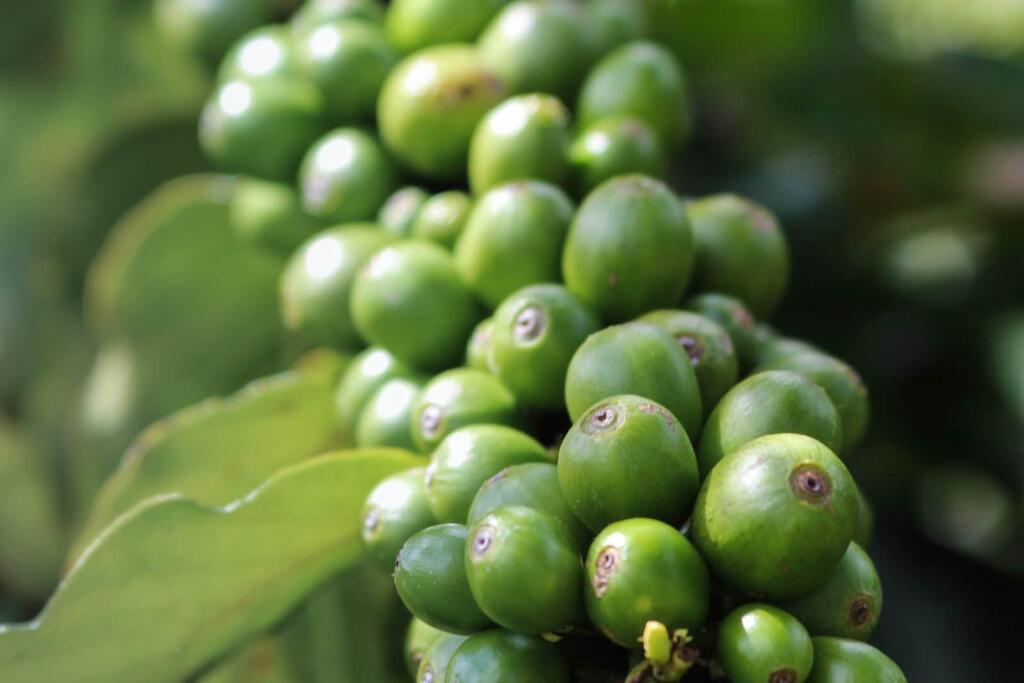
The amount of coffee produced per tree will decide the overall profitability of the coffee farm and the number of trees per acre (or hectare). For example, the report published at Manoa University in Hawaii uses approximately 650 trees/acre, 14 lbs of coffee per tree, and 1 lb of green coffee per 4 lbs of cherries.
Different types of the coffee plant
Arabica (Coffea arabica), Robusta (Coffea canephora var. robusta), and Liberica (Coffea liberica) are the three major coffee plant varieties used to produce commercial coffee supplies.
Most of the world’s gourmet coffees/premium gourmet coffees are produced from coffee beans grown from coffee plants that are varieties of Coffea arabica.
Naturally decaf coffee plant.
A new strain of naturally-caffeine-free coffee emerged in Cameroon (2008), named Coffea charrieriana after Professor A. Charrier spent 30 years on coffee breeding and research at the IRD. Cameroon contains a variety of wild coffee trees that have never been studied or cataloged by many. It will take a few years for it to appear on the market and many more to be available for commercial quantities, but it could be a less process-intensive way to make decaf coffee.
What is a coffee cherry?
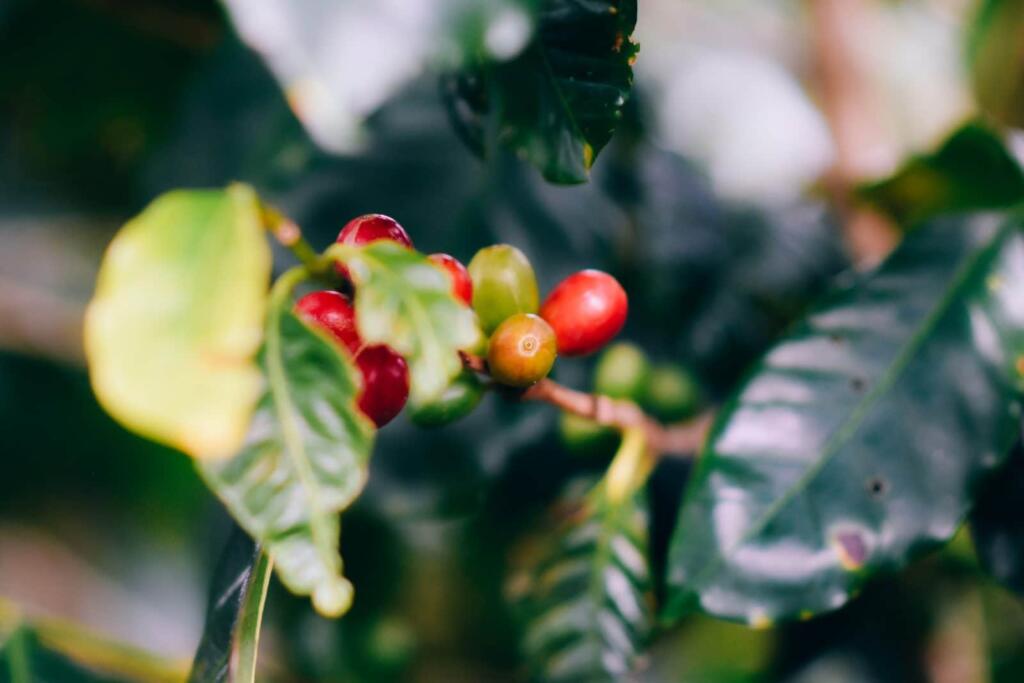
Coffee cherry is the fruit or berry of the coffee tree that grows in clusters along the shorter stems of the plant. It is the primary component of the flour of the coffee.
Description of a coffee cherry
Coffee cherry usually is about 6/10-inch (1.5 cm) long. It begins as a light green, unripe berry that gradually matures to yellow and then takes on an orange / crimson color before turning dark cherry-red / reddish-black when the fruit is ready to be harvested for the precious green coffee beans.
Anatomy of a coffee cherry
Below the outer skin of the coffee cherry (exocarp) is the fruity pulp (mesocarp) and then the silverskin (endocarp), a delicate, extremely thin layer of skin that closely covers and adheres to the green coffee bean.
Typically the dried coffee cherry is discarded or used as a fertilizer, but it can be found recently as “Cascara “-a tea made from coffee cherries! It is diluted in contrast to tea and is the primary ingredient in a latte cascara.
What’s a good coffee cherry for?
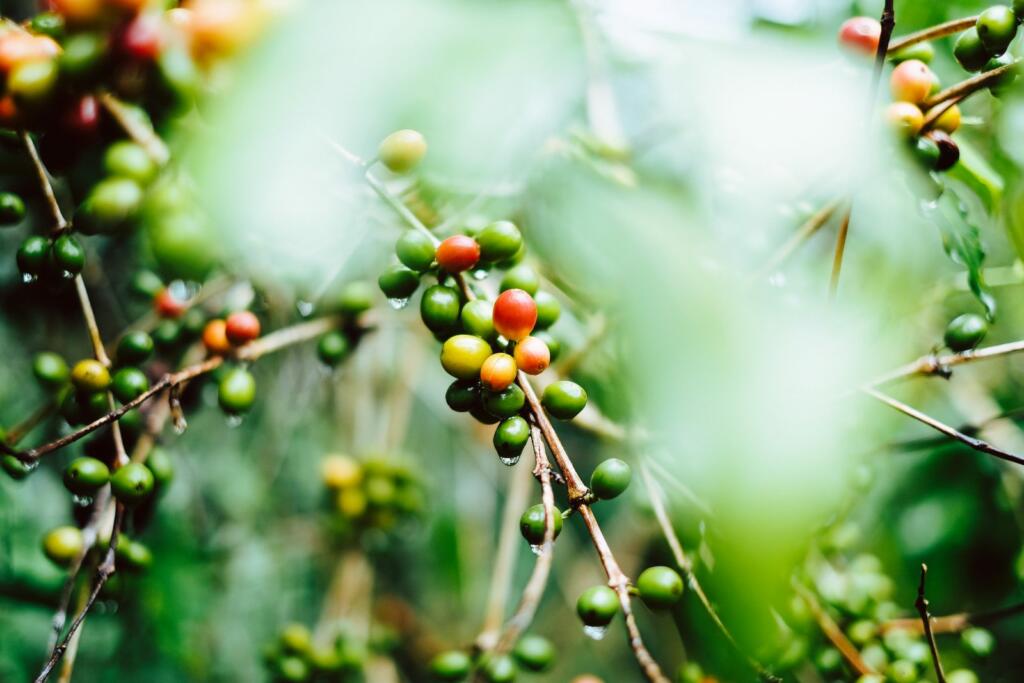
Although coffee has health benefits — some of which are a defense against Parkinson’s disease, the prevention of liver disease, and the reduction of the likelihood of certain cancers— the main antioxidant effect is contained in what has been extracted from the coffee cherries during production.
With their immune-boosting, anti-inflammatory, and anti-viral effects, these coffee cherries pack eight times the antioxidants of blueberries.
For those who do not have access to recycled coffee cherries, KonaRed, a Hawaii-based company, has produced a range of antioxidant-rich juices based on the health benefits of the local coffee cherry.
What is coffee flour?
Coffee flour is made from leftover fruit, or “coffee cherries,” which cover the beans harvested and roasted for daily drinking pleasure. Coffee flour doesn’t taste like coffee because it’s not made from beans. Therefore, it’s usually considered a waste product of non-market value. However, it is rich in nutrients and antioxidants, can be used as a partial replacement for traditional meals, and contains significant amounts of caffeine.
Is there some caffeine in the coffee flour?
There is about 600-800 mg of caffeine per 100 grams of coffee flour. There are approximately 7.7 grams of coffee flour per tablespoon. The high value is about 62 mg of caffeine per tablespoon coffee flour.
When is the coffee fruit ripe for picking?
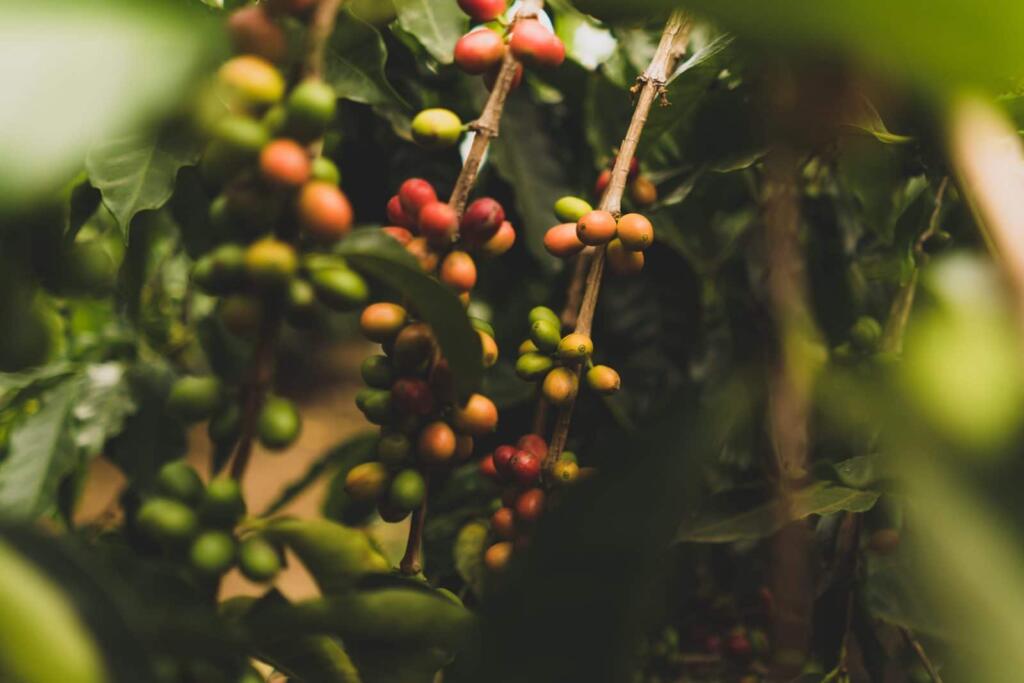
The coffee tree fruit is known as the coffee cherry, roughly 2/3-inch (1.5 cm) long, beginning as a white, unripe berry that gradually ripens to yellow, eventually turning orange/crimson before finally turning dark cherry-red / reddish-black (hence the “cherry” coffee) at which time it is ready to be harvested for the precious coffee beans.
The cherry growth process takes about eight months but may vary depending on the environment (sunlight), soil (nutrients), other leaves (e.g., shade-grown), variety, and altitude.
The maturity of a coffee cherry is primarily determined by color. Still, a more accurate method includes pushing a fruit gently to see if the seed (coffee bean) will come out easily. Unfortunately, this happens right before the fruit is completely red (monochromatic) for most coffee trees, and it may mean that it is time to gather seasonal workers to harvest.
When ripened, most forms of cherry (fruit) coffee remain yellow rather than red. However, there are a few processing methods, such as the “yellow honey process” and the “red honey process,” which have nothing to do with cherry maturity but how much fermentation occurs during the processing cycle.
While the beans inside the coffee fruit are typically prized, the cherry itself is either dried and made into Cascara (coffee cherry tea) or ground into coffee flour, growing in demand.
Green coffee Beans
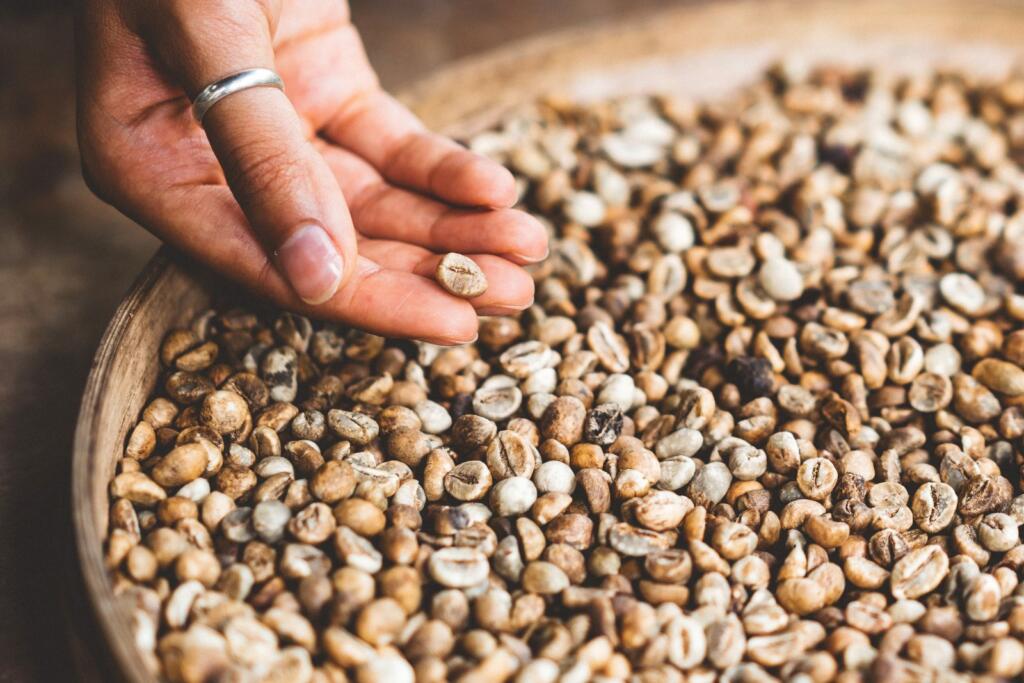
Upon processing, but before the green coffee beans are toasted, they are known as green coffee beans (or’ unroasted coffee’ in North America). However, the natural color is usually blueish to black.
Peaberry Coffee Beans
Some coffee cherry (93-99 percent) has two semi-beans. If only one whole bean is included in the cherry, it is known as a peaberry.
Peaberry is the rarest variety of coffee beans known for its strong flavor and has a higher density than non-peaberry coffee beans. Peaberry-brown coffee is known to have a smooth consistency and rich aroma. It’s because a single coffee gets all the nutrients from cherry and fruit instead of sharing with a friend. While roasters may admire it, we rarely find a noticeable difference.

Editorial Staff
The editorial staff at Crazy Coffee Crave is a team of coffee enthusiasts & Baristas who enjoy the one thing we all think about as soon as we get up in the morning. Trusted by thousands of readers worldwide.




